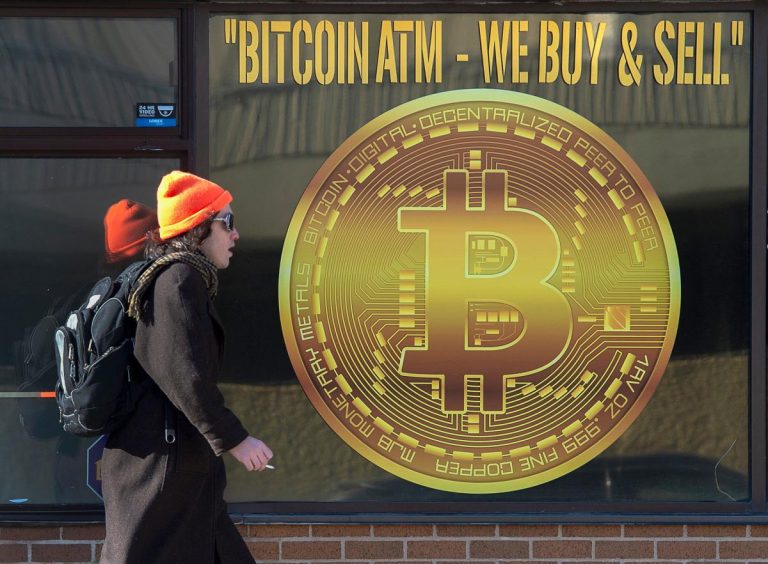
With just over two weeks remaining before the highly anticipated “halving” event, the price of bitcoin has been experiencing significant fluctuations. This event, which is expected to occur in mid-April, will cut the reward for mining bitcoin in half. This means that the rate at which new coins are created will be reduced, ultimately limiting the available supply of new bitcoins. The last halving occurred on May 11, 2020, resulting in a block reward of 6.25 BTC. The upcoming halving will bring this reward down to 3.125 BTC.
As the halving approaches, there has been frantic trading in the market, causing the price of bitcoin to rise and fall. In fact, in the past 24 hours, the digital asset briefly dropped to $65,000 before recovering to its current price of just above $66,000. This volatility has led to over $42 million in liquidations of leveraged bitcoin positions on cryptocurrency exchanges, with the majority of these being long positions. Overall, there have been over $120 million in long positions in the past 24 hours, contributing to a total of $175 million in liquidations across major exchanges.
The global cryptocurrency market is currently valued at $2.63 trillion, with bitcoin making up almost half of this market share. Ether, the second largest cryptocurrency, accounts for 15.2% of the market. However, in the past week, ether has under-performed bitcoin, falling by 7% compared to bitcoin’s 6% decrease. This is due to uncertainty surrounding the potential approval of a spot ETF by the US Securities and Exchange Commission (SEC) before a May deadline. Another major altcoin, Solana, has also seen a decrease in value, falling by 1% in the past week.
The halving event is expected to take place sometime between April 16th and 22nd, and it will reduce the rate at which new bitcoins are produced. This will ultimately limit the total supply of bitcoin, potentially increasing its scarcity and influencing its value. This will be the fourth halving event for bitcoin, and it is expected to further drive up the price of the digital asset. However, there is no concrete evidence suggesting that the halving is the primary catalyst for price increases.
In the past, after a halving event, bitcoin has experienced a surge in price. For example, following the last halving in May 2020, the price of bitcoin went up by approximately 12% in the subsequent week. Later in the year, it experienced a sharp rally, which was attributed to various factors such as loose monetary policy and increased retail investor interest in cryptocurrencies. However, the halving itself cannot be solely credited for these price increases.
To date, there are approximately 19 million bitcoins in circulation, out of a total supply of 21 million. After the upcoming halving, the block reward of the bitcoin network will decrease from 6.25 BTC to 3.125 BTC. This will further limit the supply of new bitcoins and potentially increase their value. However, the true impact of the halving on the price of bitcoin remains to be seen.
In conclusion, the upcoming halving event for bitcoin has caused significant price volatility in the market. As the date approaches, investors may be cashing in on profits, leading to fluctuations in the price of the digital asset. While the halving is expected to limit the supply of new bitcoins and potentially increase their value, its exact impact on the market remains uncertain.